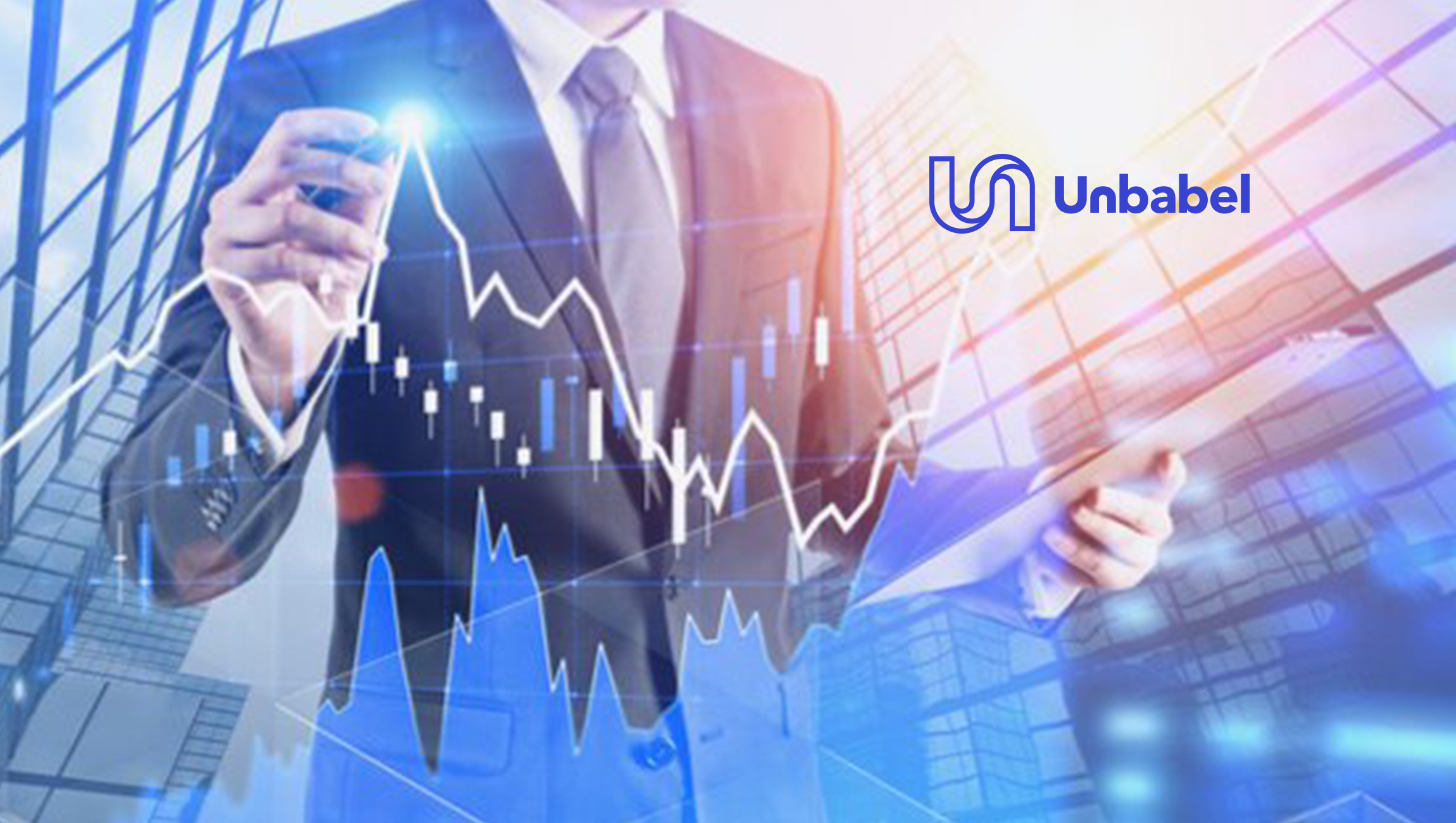![]() AI and Machine learning are powering Programmatic Influencer Marketing
AI and Machine learning are powering Programmatic Influencer Marketing
There is nothing more ‘now’ than influencer marketing. And yet, it seems to live in the past. No pricing standards, no performance assured and no possible scaling make this type of advertising seem like the misunderstood kid in class. But the truth is, its potential can be tremendous. It is just a matter of applying it in the right way. And the right way is to use programmatic: the discipline that allows buying advertising space through a platform in a systematic way.
Are you sure that the influencer you or your agency chose for your brand will give you the results you expect? Does this person really add value to your brand or product? Do you need to pay him/her that much money with no KPIs? These are some of the questions that remain fuzzy when it comes to choosing an influencer marketing strategy. Nevertheless, Programmatic can solve these issues. Just let Artificial Intelligence and Machine Learning work it out. And, yes, you can have the best of both worlds: technology and creativity.
The first challenge that comes up when strategizing an influencer campaign is how measurements are going to work. Different variables enter in this choice: the brand’s affinity with the influencer, the possible outcomes (ROI) and the scale. This last value is probably the one in which brands and agencies give less attention to, but scalability can be the key to make an influencer marketing campaign a total success. So let’s start explaining this component.
Read More: Marketers Shouldn’t Have to be Data Scientists
Nowadays, the most common strategy is to work with a few influencers. Agencies or brands manually choose the person they think will work the best with a certain campaign. Although this approach can work in many cases, it is flawed. When choosing a few influencers the brand can see immediate results, but it is not the same case in the long run. One or two influencers cannot ensure performance a month, two months or six months ahead.
This is where Programmatic turns around Influencer Marketing. The secret here is a wide database where influencers from all over the world can register themselves. By using data that capture industry affinity and information about followers, an algorithm can automatically select hundreds or even thousands of influencers that allow a brand to reach new customers effectively.
One of the biggest perks of the automation process is the time saved. With Programmatic Influencer Marketing, no humans are involved in the scouting process. It is done through an automatic and unerring algorithm. This allows companies or even startups with a low marketing budget to establish an Influencer Marketing campaign without spending days on it or hiring an influencer marketing agency.
Actually, prices are another advantage that Programmatic Influencer Marketing brings to the table. With automation, the strategy can be standardized like in any other digital advertising channel (e.g., Facebook Ads). KPIs are measured through the Programmatic algorithm, and thus there is no longer need to negotiate with the influencer; prices are standardized. Clients can pay per view, per click, and in the future, they may even pay per sale.
Read More: Top 3 Do’s and Don’ts Every Healthcare Marketer Should Know
In order to nail an influencer marketing campaign, establishing affinity between the brand and the influencer is fundamental. A bad match can result in poor content value for the brand and low performance. With the goal of concrete results in mind, Programmatic Influencer Marketing collects information about the bran and target audience, factors in expected performance, and the runs all the information together in an AI-powered engine to match the bran with influencers from its database. The result is a list of influencers who can create high-performing content that clearly suits the brand criteria.
Furthermore, another asset that comes along with programmatic is the ability to make predictions. Until now, in influencer marketing, this wasn’t possible. The strategy was done manually, and there wasn’t any data that offered predictions of future results, but with Influencer Programmatic Marketing now available this gap has been filled. Thanks to machine learning, brands can now accurately forecast the performance of influencers and charge them based on that value.
Read More: Finding the Whale and Other Ways Big Brands Can Learn from Start-Ups
Taking the Programmatic path allows companies to scale their influencer marketing strategy to hundreds of influencers, reducing costs by standardizing prices and predicting performance. There is only one step of the advertising process that must be done manually: content review. At the moment, only a human reviewer can ensure that content fits the policy of a given social network and that it’s also aligned with the brand to achieve the performance that is expected.
Influencer Marketing in an unstoppable trend. Social media influencers are changing the way brands advertise their products and services and are compelling traditional advertisers to review their strategies. With the arrival of programmatic to this type of marketing, its reach is being magnified. It is no longer a game with no clear outcomes; it is a mathematically-based strategy with tangible results.











